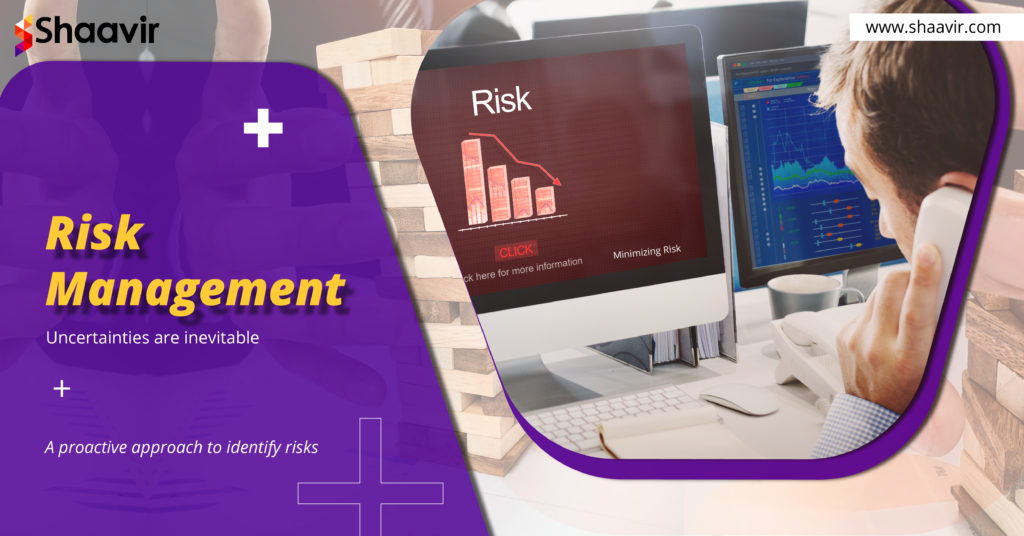In an ever-evolving world, uncertainties are inevitable. However, the key to success lies in how effectively we navigate and mitigate these uncertainties. Enter risk management – a proactive approach to identify, assess, and address potential risks before they escalate. Here’s a concise guide to mastering the art of risk management.
1. Risk Identification: Begin by meticulously identifying potential risks. This includes internal factors like operational inefficiencies and external factors such as market trends or geopolitical events. A comprehensive understanding of potential threats sets the stage for effective risk mitigation.
2. Risk Assessment: Once identified, assess the impact and likelihood of each risk. Categorize them based on severity and prioritize your focus. This step lays the groundwork for allocating resources where they are most needed and understanding which risks pose the greatest threat.
3. Proactive Strategies: Develop proactive strategies to mitigate identified risks. This could involve implementing robust contingency plans, diversifying investments, or establishing clear communication protocols. Being proactive allows organizations to stay ahead of potential challenges and respond swiftly when necessary.
4. Continuous Monitoring: Adopt a culture of continuous monitoring. Regularly reassess your risk landscape to adapt to evolving circumstances. A dynamic approach to risk management ensures that your strategies remain relevant and effective in the face of changing conditions.
5. Stakeholder Involvement: Engage stakeholders in the risk management process. Their diverse perspectives can offer valuable insights and ensure a more holistic approach to risk identification and mitigation. A collaborative effort enhances the organization’s ability to navigate uncertainties successfully.
6. Technology Integration: Leverage technology to streamline and enhance your risk management processes. From data analytics for early risk detection to automation for efficient response mechanisms, technology can be a powerful ally in mitigating risks and maintaining resilience.
7. Scenario Planning: Conduct scenario planning exercises to simulate potential risk scenarios. This proactive approach allows organizations to test the effectiveness of their strategies and refine them based on the outcomes, ensuring readiness for a variety of situations.
In conclusion, navigating the uncertainties of the world requires a proactive and comprehensive approach to risk management. By identifying, assessing, and addressing potential risks with strategic intent, organizations can not only weather uncertainties but also emerge stronger and more resilient in an ever-changing landscape.
